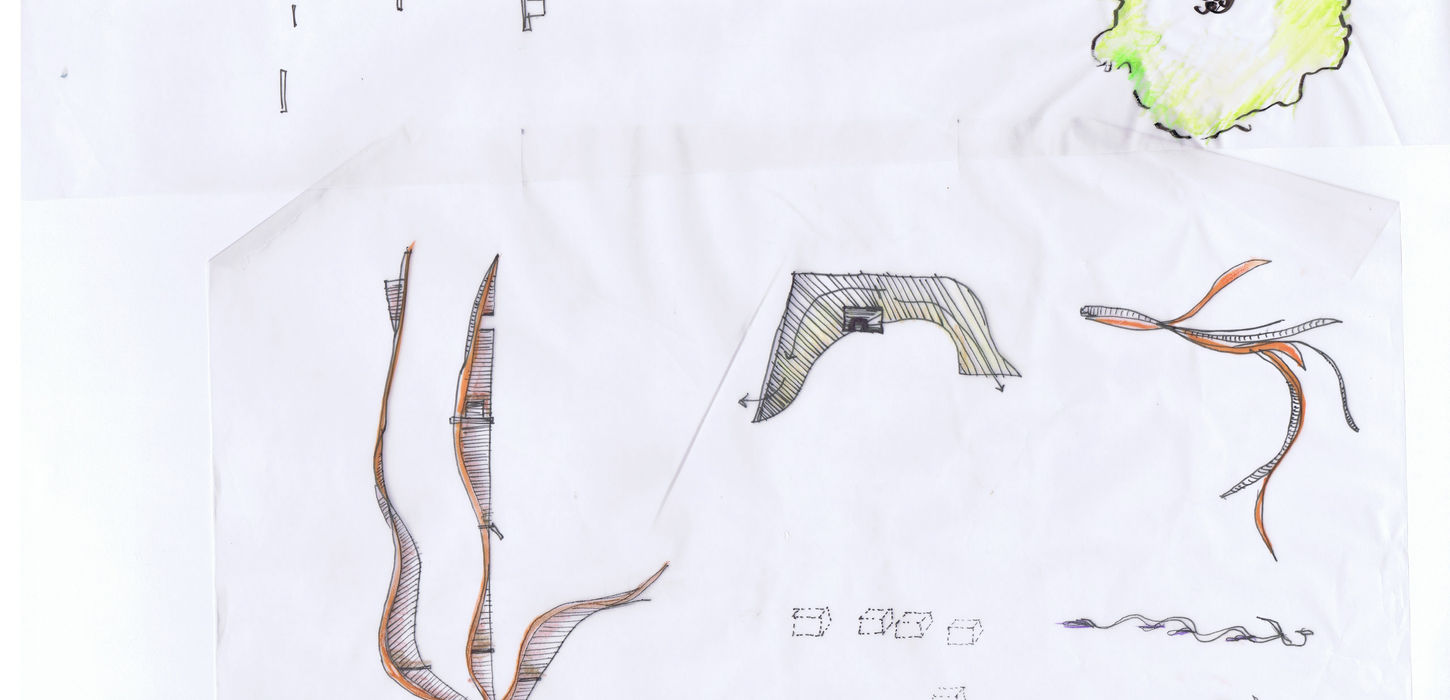
Within the heart of Griffintown, a neighborhood I had yet to explore, my journey unfolded with the intrigue of a first encounter. As a former urban designer accustomed to mapping out the city's architectural and urban landscape intricacies, my first exploration of Griffintown unveiled a juxtaposition of towering structures, a blunt contrast to the familiar Plateau-Mont-Royal landscape where I reside. Amidst this urban expanse, my urban tree heart sensed subtle murmurs of change along the cultural corridor of rue Ottawa — a delicate dance foreshadowing the potential emergence of future urban tree canopy, finding tree pits within the newly installed hard surfaces of the sidewalks. On that sunny summer Saturday, I found myself yearning for shade, only to discover a breathtaking cluster of poplar trees (Peuplier de Caroline – Populus x canadensis) rooting at the former historic Horse Palace grounds — an urban oasis deserving not only of preservation but calling for a seamless integration into Griffintown's urban fabric.
Driven by my enduring passion for tree-inspired art, I felt compelled to brainstorm 'Poplar Tales,' ideas to solidify an urban design intervention where nature, wood and colour become my medium; ultimately, where these resilient urban trees evolve into characters acting on a true outdoor stage. The proposed place-making street furniture is to be interconnected with an animated coloured sculpture turning this oasis into a meaningful neighbourhood landmark.
Heritage Tree Dwellers, An Urban Story Witnessed in One Place
In the heart of Griffintown's cultural corridor, a remarkable tale unfolds about the Heritage Tree Dwellers, embodied by the unique Populus x canadensis. Originating as a natural hybrid in France, this tree made its way to America, standing tall amidst an industrially transformed urban landscape today. Originally planted for shade or perhaps for horses, these gigantic, immobile inhabitants have become silent witnesses to city change. Often dismissed as 'weed trees,' they showcase resilience and potential for urban bio-remediation. Proposed as an Art.ificial tree sculpture, this symbolizes urban nature's enduring resilience. Elevated wooden boardwalks mirror superficial roots, while illuminated limbs host 'memory tree seed' boxes, housing curated exhibitions. This multifunctional art piece invites contemplation, serving as an outdoor venue for various activities. The 'Poplar Tales' exhibitions aim to integrate the community, fostering shared cultural experiences along Griffintown's public art circuit and potentially extending to other art hubs of rue Ottawa.
Poplar Tales
PLACE-MAKING SCULPTURE.
Viviana Murillo-Morales
Why an Art.ificial Tree Sculpture for Place-making?
Sculpting Lifecycles: A Tree Artistic Media
‘Poplar Tales’ artistic interventions or installations weave together various artistic elements that not only celebrate the poplar tree's resilience in urban environments but also emphasize its multifaceted contributions to our lives. Drawing inspiration from the simple yet robust nature of trees, I have chosen wood as the primary material for the proposed urban furniture. This deliberate selection mirrors the resourcefulness of trees, symbolizing their strength in the face of urban challenges. Additionally, the inclusion of a first installation of my “Stillness | La Quietude” paper sculptures and drawings within the ‘Memory tree seeds’ serves a dual purpose. Beyond visually representing an artistic process, these elements showcase another by-product of the services that trees provide – the very media in which we I create art: paper with wooden coloured pencils. By integrating these artworks into this proposed ‘Poplar Tales’ installation, I aim to foster a deeper understanding of the interconnectedness between art and nature; trees could provide our own media to create. Do we (artists) engage in these reflections?
These reflections are born from my efforts to expand my 'A Forest in Colour' body of work, an artistic project funded by le Conseil des arts de Montréal (2022-2023), my own tribute to the enduring qualities of Québec trees and their ability to survive and flourish in challenging urban conditions. Discovering mature poplar trees at the Horse Palace lands, this urban nature relict on rue Ottawa, sparked a new conversation enriching my art creation, shaping ‘Poplar Tales’ deserving inclusion.

Sandra Viviana Murillo-Morales, arQ RunicoS, is an interdisciplinary artist originally from Colombia, now based in Tiohtiá:ke / Mooniyang / Montréal. Her artistic journey is a testament to resilience and transformation. Trained as an architect, she transitioned from two decades of freehand drawing in landscape and urban design to develop a unique ambidextrous technique using coloured pencils on various media in 2019. Her technique serves as a metaphor for her body's rebirth after overcoming an unexpected critical illness. Viviana's art not only invites reflection but also conveys impactful stories about the regenerative power of our bodies, echoing the resilient force of nature adapting to urban environments. Her abstract forms capture the essence of her emotions, shaped by her synaesthetic perception of the world through colour.
Viviana's artistic journey stems from the architectural principle “form follows function," transformed into "form follows nature" during her practice in landscape and urban design. Today, she explores "nature follows colour," delving into the interplay of nature, colour, light, and sensorial perception of forms. Her body of work extends from ambidextrous drawings, to her signature three-dimensional ephemeral paper sculptures named 'topo.graphies' of her emotions. Driven by determination, her focus lies in designing immersive 3D experiences through human-scale drawings and sculptures, aiming to landscape public art installations. As her artistic vision unfolds, she envisions integrating digital art into her expanding repertoire.







